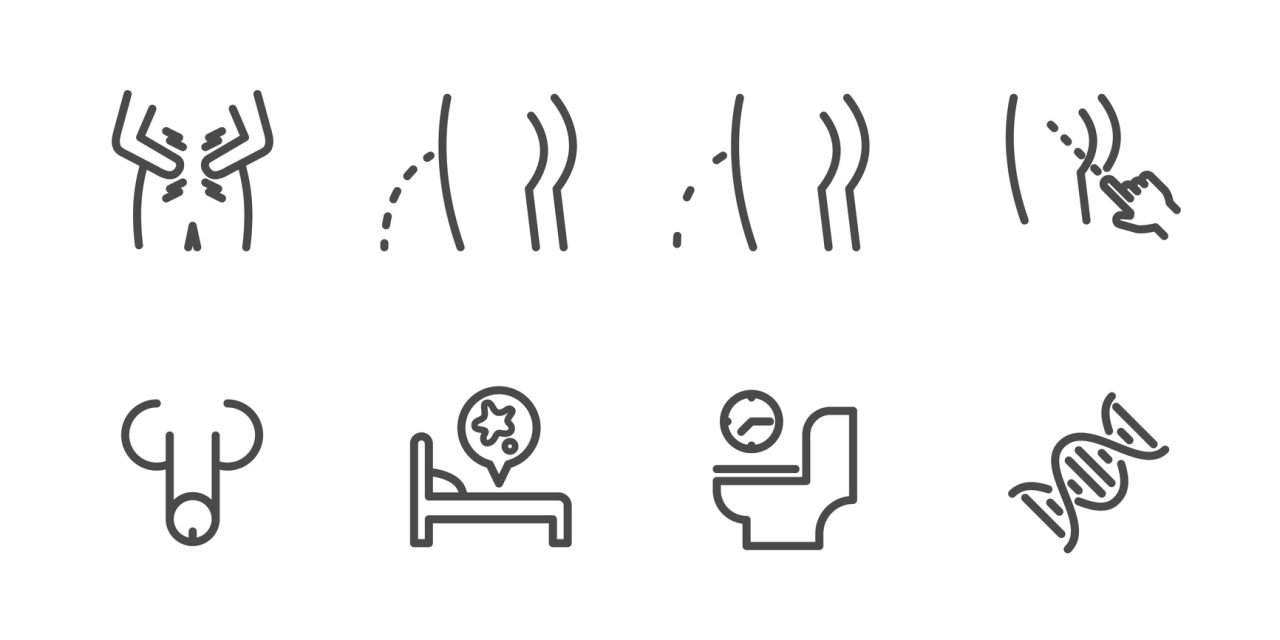Population-level data are lacking for urinary incontinence (UI) in Central and Eastern European countries. Therefore, the objective of this study was to estimate the prevalence, bother, and behavior regarding treatment for UI in a population-representative group of Polish adults aged ≥ 40 years.
Data for this epidemiological study were derived from the larger LUTS POLAND project, in which a group of adults that typified the Polish population were surveyed, by telephone, about lower urinary tract symptoms. Respondents were classified by age, sex, and place of residence. UI was assessed with a standard protocol and established International Continence Society definitions.
The LUTS POLAND survey included 6005 completed interviews. The prevalence of UI was 14.6-25.4%; women reported a greater occurrence compared with men ( < 0.001). For both sexes, UI prevalence increased with age. Stress UI was the most common type of UI in women, and urgency UI was the most prevalent in men. We did not find a difference in prevalence between urban and rural areas. Individuals were greatly bothered by UI. For women, mixed UI was the most bothersome, whereas for men, leak for no reason was most annoying. More than half of respondents (51.4-62.3%) who reported UI expressed anxiety about the effect of UI on their quality of life. Nevertheless, only around one third (29.2-38.1%) of respondents with UI sought treatment, most of whom received treatment. Persons from urban and rural areas did not differ in the degrees of treatment seeking and treatment receiving.
Urinary incontinence was prevalent and greatly bothersome among Polish adults aged ≥ 40 years. Consequently, UI had detrimental effects on quality of life. Nonetheless, most affected persons did not seek treatment. Therefore, we need to increase population awareness in Poland about UI and available treatment methods, and we need to ensure adequate allocation of government and healthcare system resources.
Population-Level Prevalence, Bother, and Treatment Behavior for Urinary Incontinence in an Eastern European Country: Findings from the LUTS POLAND Study.


